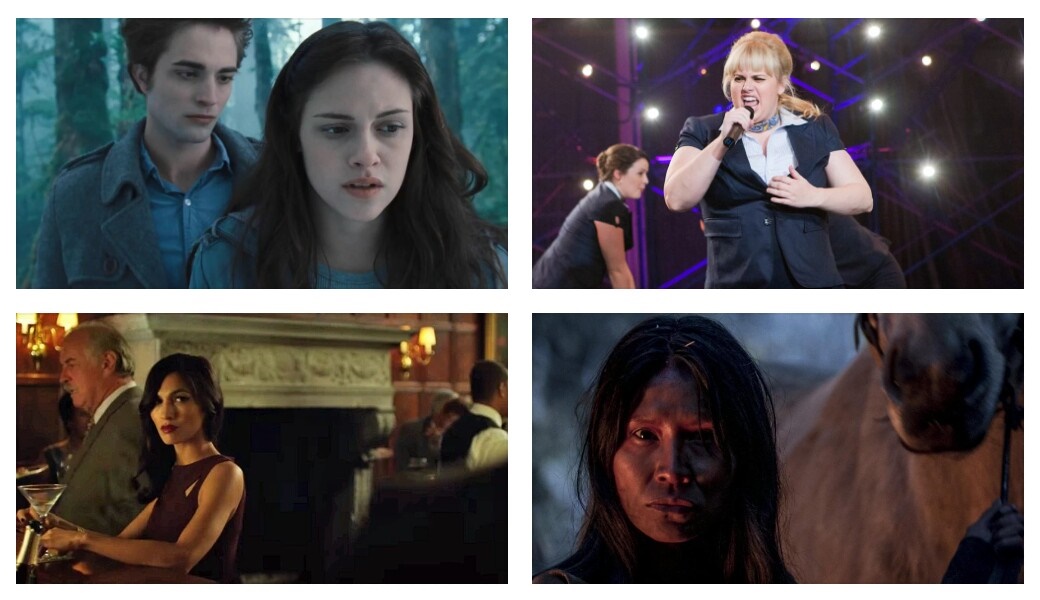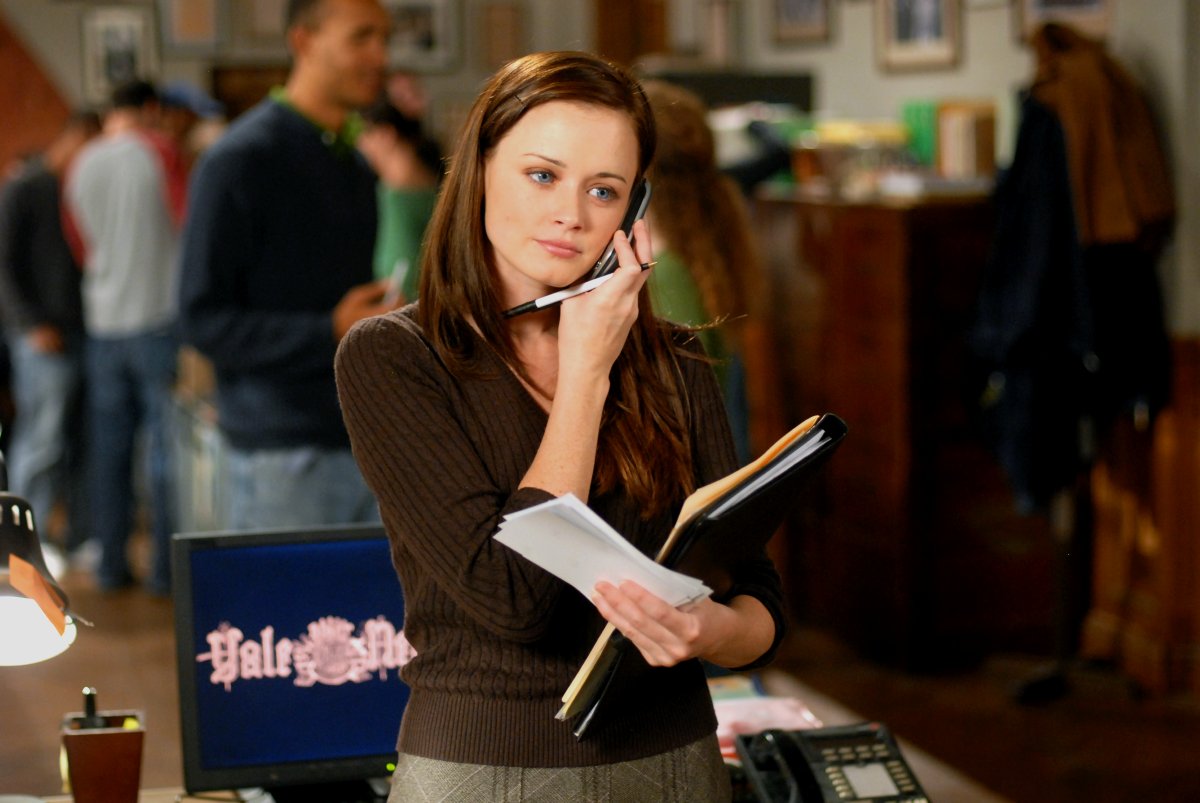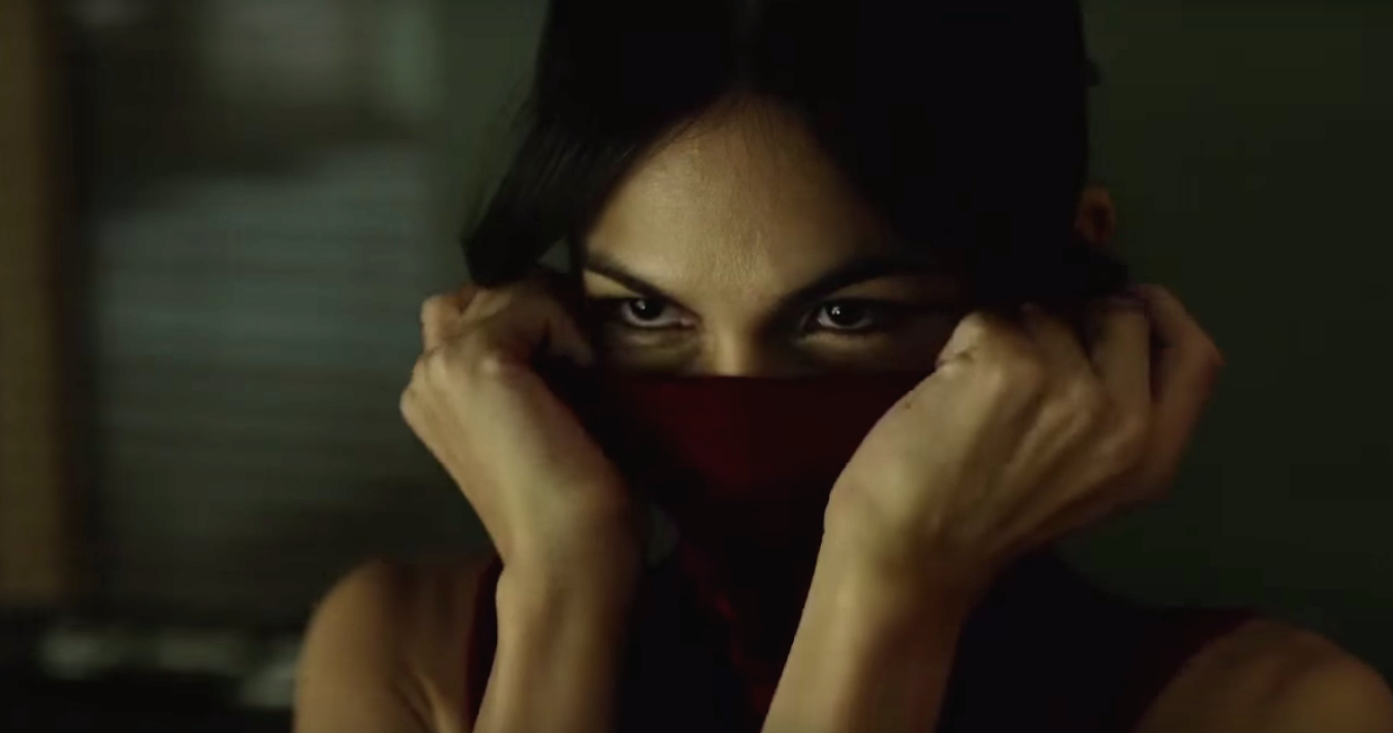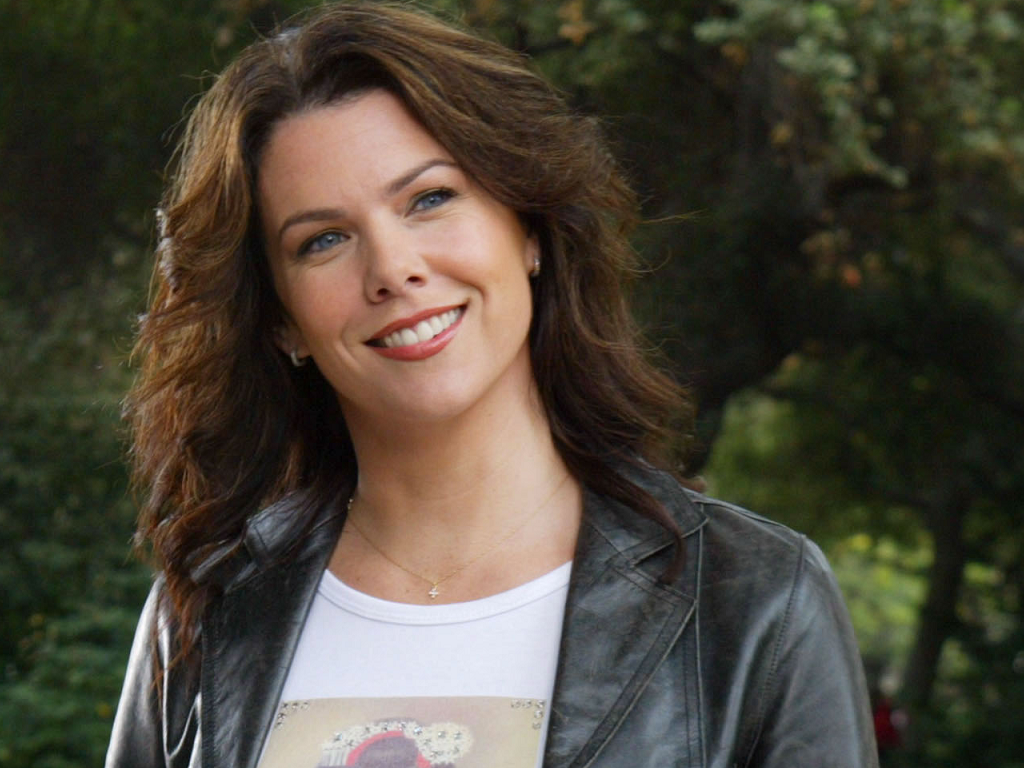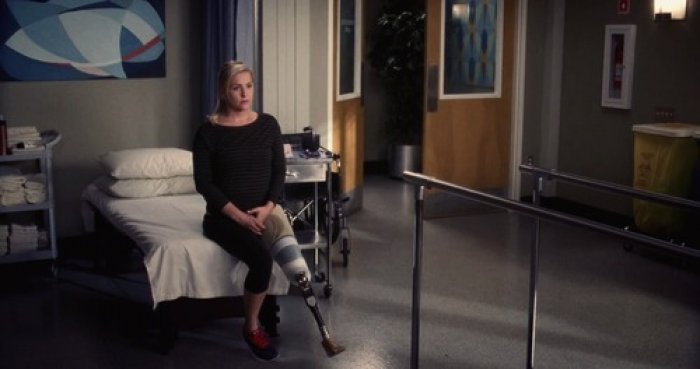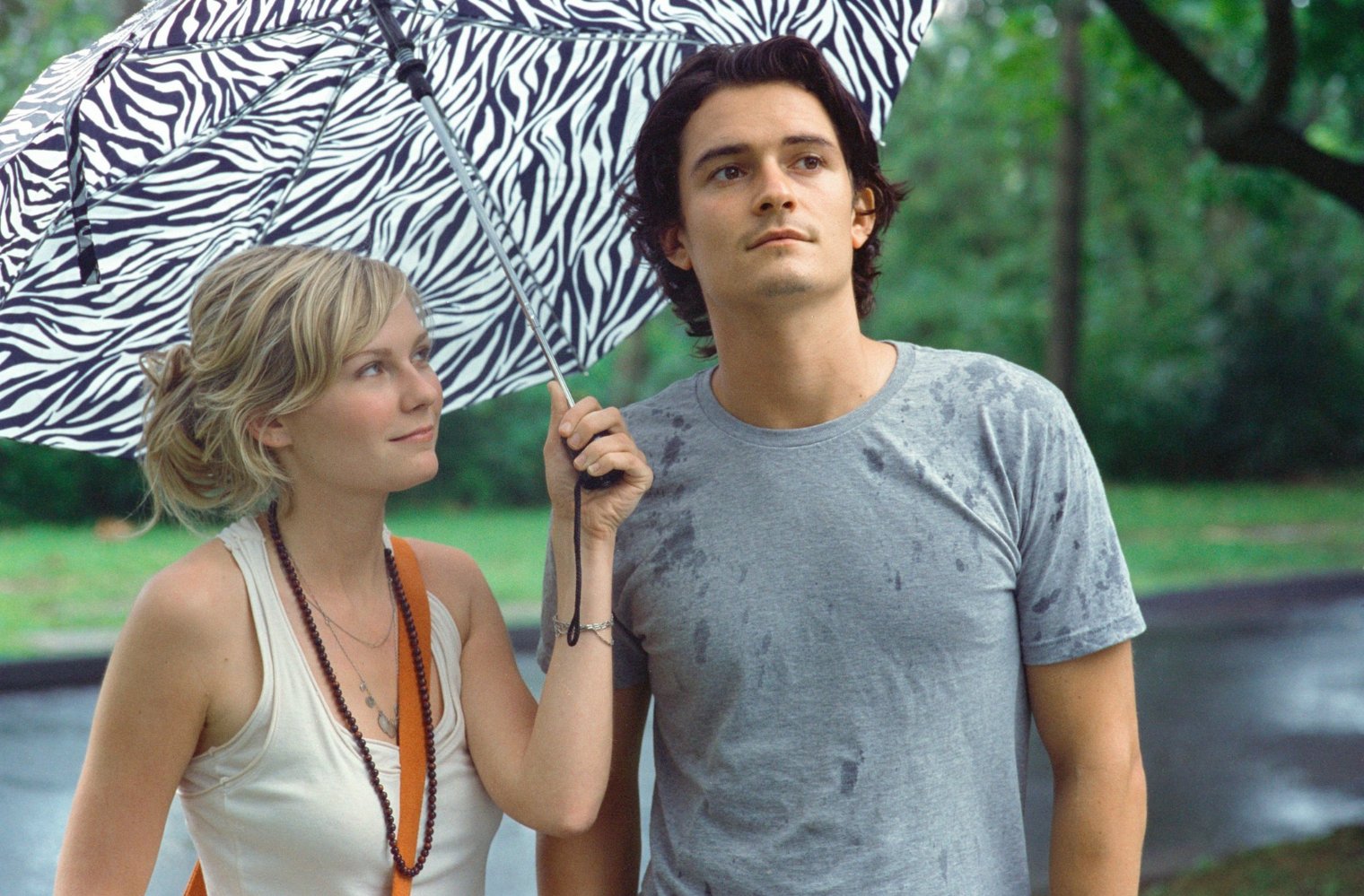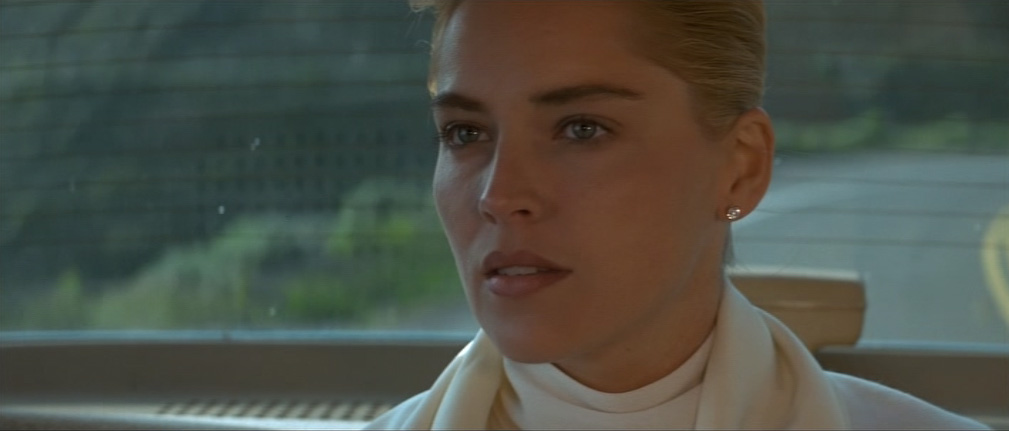Caitlin Snow: It’s Time to Give ‘The Flash’s Overlooked Heroine Her Due
The decision to continually depict Caitlin as afraid of herself and her abilities is unsettling. Women are almost always taught to fear their own power, instead of embracing it or attempting to understand it. It’s sad to see that pattern repeating on a show that has so few leading women in the first place. … Caitlin’s journey shouldn’t be about whether she might turn into a monster, it should be about her becoming whole.

